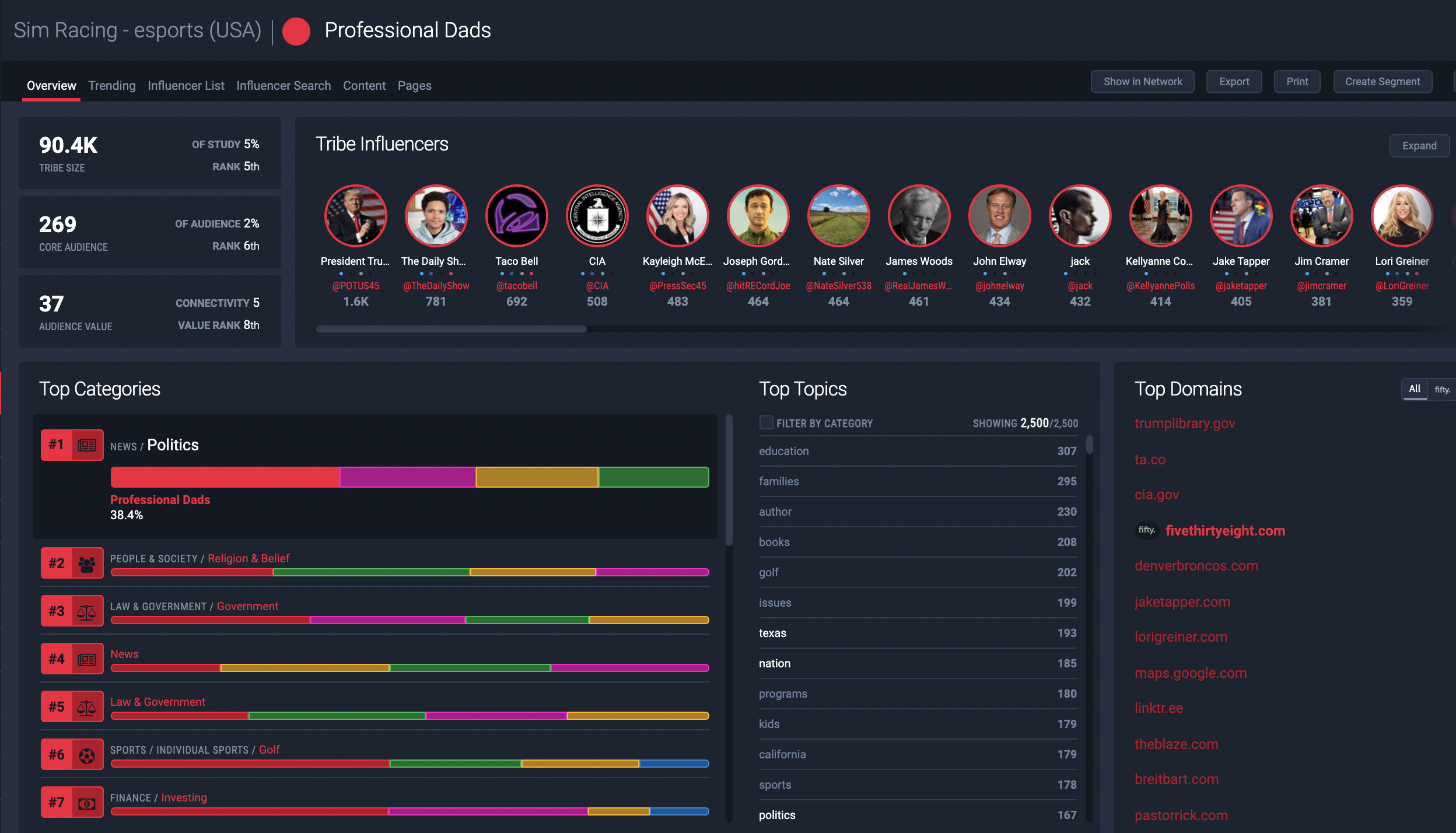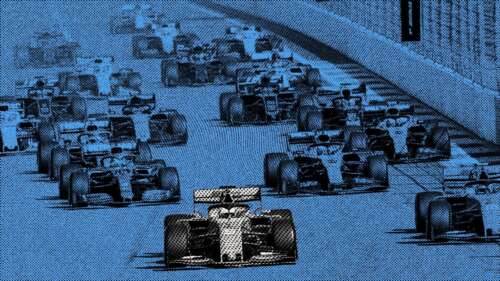Esports, or the competitive video-game-playing industry, has gone from a novelty experiment for marketers to a major part of many brands’ marketing and sponsorship strategies in a few short years, with non-endemic brands from Coca-Cola to Mercedes-Benz getting in on the action. The coronavirus pandemic then put a temporary pause on professional sport, enabling esports to capture even more attention. Twitch, one of the largest streamers of esports, saw a 50% jump between March 2020 and April 2020 in terms of hours watched, growing 101% year-on-year.
While more eyes are on esports, it is still a nascent industry and relatively misunderstood by many. There are presumptions about who the quintessential ‘Esport Fan’ is – often based on stereotypes of gamers. But the truth is, there is no such thing as an esport fan. Just as it’s impossible to understand a ‘sport fan’ without vastly generalising, there is no singular esport fan consumer segment.
Looking to understand the difference within the fandom, we used Fifty’s network technology to identify the engaged communities of fans within specific esports categories: simulated motorsport racing games, multiplayer battle arena gaming and first-person shooter games. Examining the many tribes to come out of these four studies offers valuable insight for marketers looking to develop their esports strategies, ensuring they understand the nuances in esport audiences, helping to avoid applying a blanket approach.
1. Esports fans are not necessarily gamers themselves
One assumption is that the only people interested in watching other people play video games are gamers themselves. But looking across the studies, we found that not always to be true. Rather the type of esports is a better indicator of whether or not gamers were predominant in the audience.
In the Simulated Racing study conducted in the US, we found that a majority of the top tribes were not gamers, but were actually people interested in motorsport racing more generally. Nascar Superfans, American Sports Fans and Professional Dads all build a picture of an e-racing fan that is outside of what many might presume. Similarly, in the UK Simulated Racing study, while gamers had a more sizable presence in the audience, other tribes such as F1 Superfans, Competition Fans and Digital Designers were all in the top 10 tribes by size.
In comparison, esports that revolve around battle arenas and shooter games tended to have larger gamer tribes within them. A study into battle arena game League of Legends found that the top two largest tribes were League of Legends Players & Viewers and Professional Esports Players, making up 36% and 21% (respectively) of the study overall. Similarly, for shooter game Destiny, the top tribe by size is Hardcore Gamers, who make up 31% of the study.

2. There are regional differences between fans
Highlighting the idiosyncrasies amongst esports fans is the fact that there are stark differences between fans of different regions despite being united by a love of the same esport. Comparing UK Simulating Racing to US Simulating Racing tribes there are some stark differences that could vastly change how a brand decides where it might place sponsorship.
In the US, although students from different geographies make up a large number of the audience, an older demographic makes a prevalent appearance across several tribes: Professional Dads, Sophisticated City Dwellers, Tech Professionals and Boston Entrepreneurs all highlight a demographic beyond esports’ expected youth segment. Beyond esports they share interests in politics and the news. But in the UK, the audience skews much younger with no overt parenting tribes and far fewer professional tribes. Rather, British esport fans coalesce around a shared passion for sport, gaming and trendy music – which can be seen in the presence of Console Gamers, Football Fanatics and Techno DJ tribes.
3. There is crossover between esports and IRL sport
Across all four studies there is a distinct overlap between esport fans and fans of real-life sport. As mentioned above, both the American and British Simulated Racing studies revealed a prevalence of motorsport fans with NASCAR and F1 Fans featuring highly in both studies. This stresses how important and effective it can be for a sport and its equivalent esport to collaborate. This requires traditional sport to take innovative approaches – something we have seen during the pandemic, with leagues such as the NHL in the US and global football body Fifa launching special esports tournaments. These were aired on national television channels to fill the gap left in the schedule by global lockdowns and social distancing guidelines.
Making that connection between virtual and physical sport is something that could have long-lasting effects beyond the pandemic. There is a perception that sport fans and esport fans are two different demographics, but even in non-sport-driven games like Destiny and League of Legends there were tribes that coalesce around a sport. For instance, wrestling fans make an appearance in the top 10 tribes of both studies and football is another popular sport amongst these audiences.
4. Design offers both a shared interest and a point of difference
People are attracted to esports for different reasons, but particularly in the non-sport esport games, there exists a shared passion for design, aesthetics and graphics. Perhaps due to the highly visual and technical graphics in League of Legends and Destiny, both studies featured tribes focused on design.
In the Destiny study, the Graphic Design Enthusiast tribe showcases a real love for creative design, with top influencers within this tribe including magazine Creative Review, Adobe and the V&A. People within the tribe also describe themselves as creatives with words like ‘designer’ and ‘artist’ appearing as top bio keywords. This contrasts with the Digital Designer tribe within the UK Simulated Racing tribe, who are more technology-driven with top influencers including Kickstarter, AndroidDev and Google UK alongside design blog DesignMilk. This serves to highlight the need to understand specific esports audiences. Despite there being design audiences in both Destiny and the UK racing study, they have very different design interests.
League of Legends has been lauded for the aesthetic it has perfected over the years and has found popularity amongst design-minded tribes.
The ‘esport fan’ is a myth
Hopefully, this snapshot has made it clear that there is no such thing as a general esport fan that marketers can attract with a single strategy. Just as the rest of marketing has moved away from static demographics to more malleable persona-based consumer segments, fans of esports must be treated with the same degree of nuance.
Marketers that make assumptions about esports fans en masse may find that their campaigns fall flat because they fail to understand what makes the fans within a particular esport tick. It is only in understanding the many different audiences within an overall fandom, that brands can truly make content and sponsorship material that will stand out amidst an increasingly crowded field.
Delve into more Trends & Insights here.
Interested in finding your core audiences? Book a platform demo today.





































